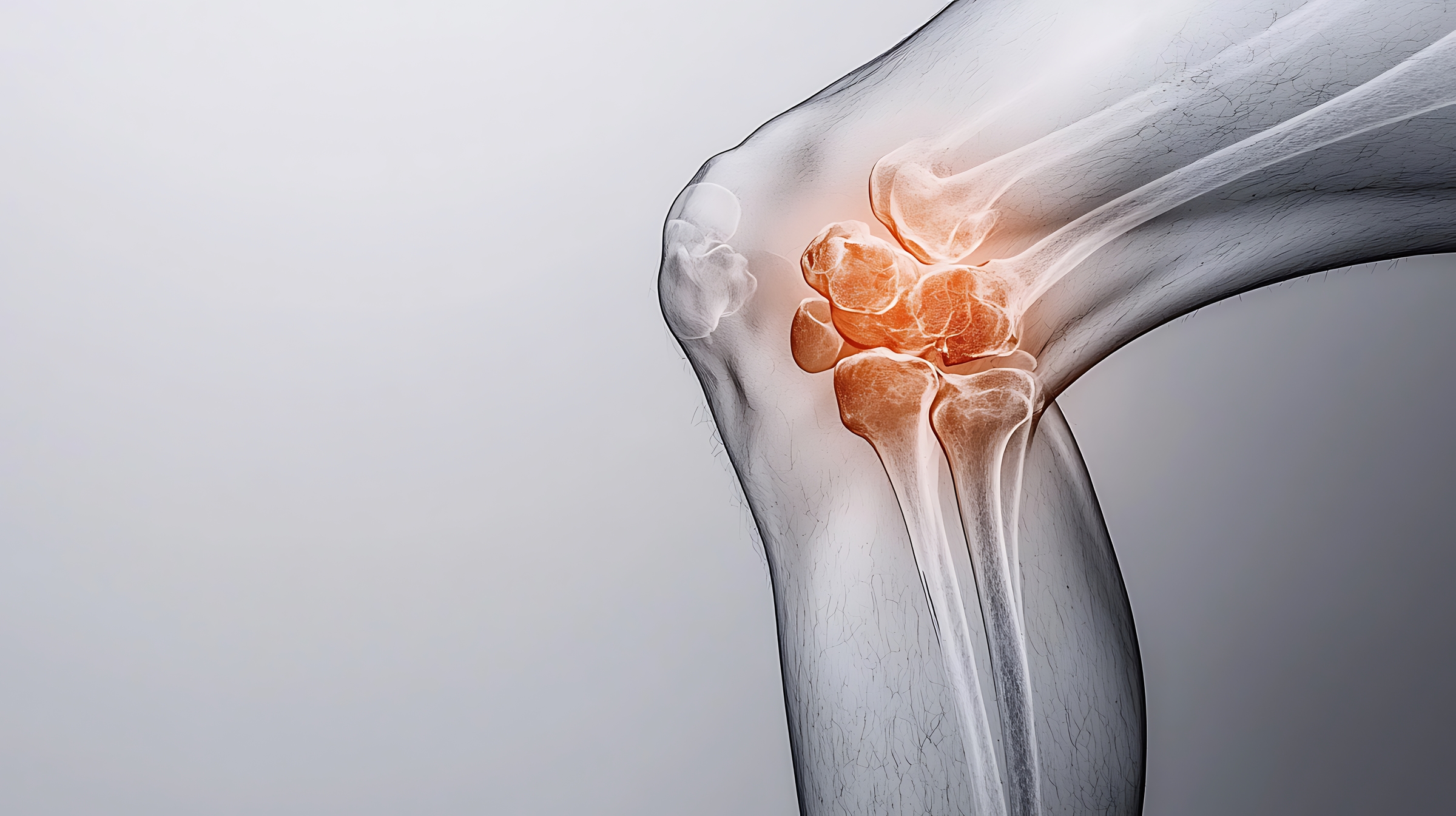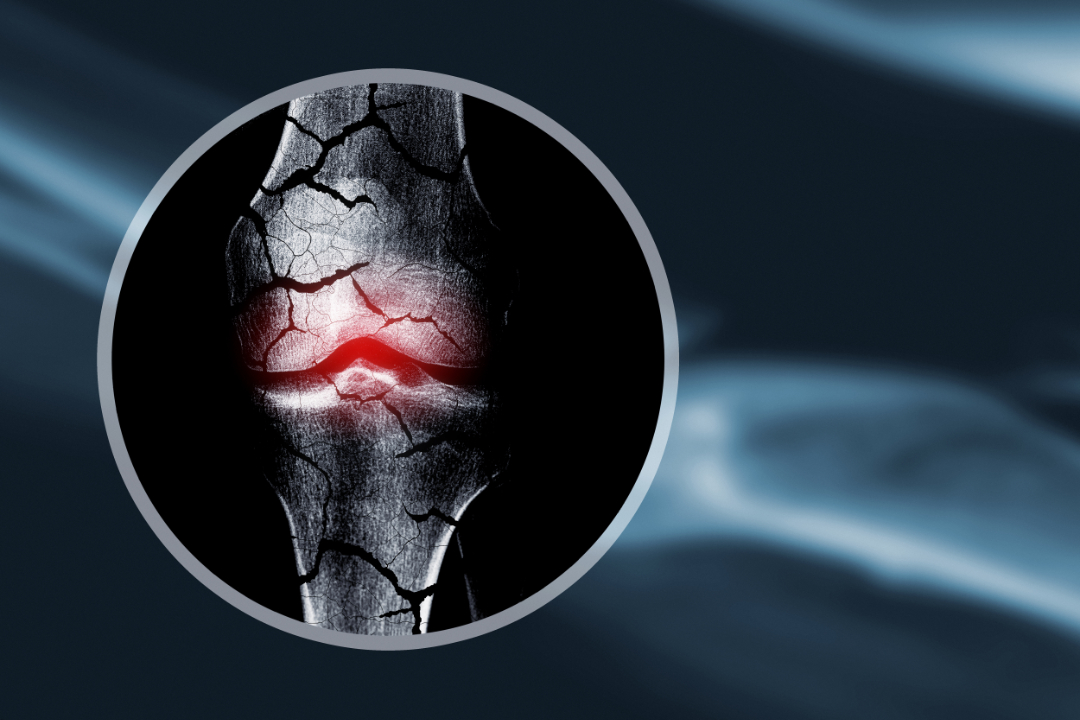
Do you wake up with aching joints or stiffness that makes it hard to move? Maybe your knees hurt after a short walk, or your shoulders feel sore with every lift. These could be early signs of arthritis—a common condition that can slowly wear down your joints and affect your daily life.
Arthritis isn’t just about “getting older.” It can strike anyone, at any age, and often steals the joy from simple activities like climbing stairs, cooking, or even hugging your loved ones. But here’s the good news: modern imaging can help us see arthritis clearly and treat it early.
One of the best tools for this is the arthrogram. This advanced imaging procedure lets doctors look deeper than a standard X-ray, capturing even the smallest changes in your joint’s soft tissues—like cartilage and ligaments—so you can finally get answers, relief, and a plan to protect your joints.
What Exactly Is an Arthrogram?
Think of an arthrogram as a cozy lamp lighting up the hidden world inside your joint. A tiny amount of special dye is gently placed into the joint, and then advanced imaging tools like MRI, CT, or X-ray capture crisp, clear pictures of the ligaments, tendons, cartilage, and joint capsule that standard X-rays often miss.
This helps your doctor finally understand what’s behind your pain, stiffness, and swelling—so you can feel seen, heard, and on the path to better care.
How Arthrograms Help in Arthritis Care
Arthritis often develops slowly, and by the time symptoms get worse, joint damage may already be advanced. An arthrogram can help your doctor:
- Catch early signs of cartilage wear before it gets serious.
- Find hidden soft tissue problems that cause pain and stiffness.
- Choose the right treatment plan—whether that’s medicine, therapy, or surgery—to keep you moving and living well.
- Guide targeted injections to ease pain and calm inflammation.
Situations Where an Arthrogram Can Help
If you’re still in pain but regular X-rays or scans haven’t given you clear answers, your doctor may recommend an arthrogram. This test offers a closer, more detailed look inside your joint, helping uncover problems that are easy to miss on standard imaging.
An arthrogram is especially helpful for:
- Spotting soft tissue tears – like injuries in ligaments, tendons, or cartilage
- Finding loose fragments – pieces of bone or cartilage that may be causing pain
- Detecting unusual pathways after infections that affect joint health
- Evaluating replaced joints to ensure prosthetics are working well
- Checking for repeat dislocations or hidden joint instability
- Guiding targeted treatments, like steroid injections, for pain relief
This gentle but powerful scan helps your care team understand the true source of your discomfort, so you can finally get the right treatment plan.
Getting Ready for Your Arthrogram
Preparing for your arthrogram is simple — and don’t worry, we’ll be with you the whole time.
- Wear comfy clothes so it’s easy for us to reach your joint.
- Let us know about any allergies, medicines you take, if you’re pregnant, or if you have any implants.
- Stick to your usual medications, unless your doctor has given you different instructions.
- No need to fast — you can eat and drink as usual.
- If you’d like, bring a friend along for a little extra support.
We’ll walk you through each step so you can feel relaxed and cared for.
How the Procedure Works
We know any medical test can feel a little nerve-wracking, so here’s what to expect in simple steps:
- Getting Ready
Wear comfortable clothes and remove any jewelry. Be sure to let your doctor know about any allergies, medications, implants, or pregnancy so we can keep you safe. - During the Test
The area will be gently cleaned and numbed to keep you comfortable. Using a live X-ray video (fluoroscopy) or ultrasound for guidance, a tiny needle will place a special contrast dye into your joint. This dye helps make every detail easier to see. You may be asked to gently move your joint before images are taken using MRI, CT, or X-ray. - Afterward
The whole process usually takes about 30 minutes (a little longer if an MRI is included). You’ll be able to go home right after, with only mild soreness or swelling that typically eases within a day or two.
Why This Test Matters & What to Expect
An arthrogram is more than just a test — it’s a way to finally get clear answers about your joint pain. Unlike a regular X-ray, it lets your doctor see the soft tissues inside your joint, helping uncover problems that might be causing your discomfort. With this information, you can get the right care and start feeling better.
After the procedure, it’s normal to feel a little sore or swollen, but that usually fades within a day or two. Give your joint some rest, skip heavy activities for 24 hours, and use ice or over-the-counter pain relief if needed. If you notice fever, worsening pain, or swelling, don’t hesitate to call your doctor — we’re here to help.
First-hand Experiences
Here’s how some patients have described their experiences:
- “Most of what I heard beforehand sounded worse than the procedure itself. The numbing was the hardest part — just a small pinch, and then it was over.” — Reddit
- “You’ll feel some pressure or fullness in the joint, but it fades as the fluid slowly disappears.” — Reddit
These stories show that while a little discomfort is normal, the experience is usually very manageable — and the results can be well worth it.
Frequently Asked Questions (FAQ)
- Will it hurt?
You may feel a quick pinch when the area is numbed, but most people say it’s more uncomfortable than painful. We’ll do everything we can to help you stay relaxed. - How long does it take?
The procedure usually takes about 30 minutes. If you’re having an MRI as well, it may take a little longer—but don’t worry, we’ll guide you through each step. - Is it safe?
Yes! Arthrograms are very safe, and complications are rare. We take every precaution to keep you comfortable and protected. - Can I go home afterward?
Absolutely. You’ll be able to go home right after your test. Just be sure to rest your joint for the rest of the day. - Will I be exposed to radiation?
If X-rays or CT scans are used, the radiation is very minimal—well within safe limits. - Can I eat before the test?
Yes, you can eat and drink normally. Fasting isn’t required for an arthrogram. - When will I get my results?
Your doctor will review the images and share the results with you, usually within 24–48 hours.
Why Choose Monument Imaging?
At Monument Imaging and Diagnostic Center, our board-certified and highly trained radiologists perform arthrograms using state-of-the-art imaging systems in a calm and comfortable environment. You’ll receive personalized care and clear communication on what to expect, along with a trustworthy follow-up on your results.
Helpful Resources
- Cleveland Clinic. (2023). Arthrogram: What It Is, Purpose, Procedure & Types. Retrieved from https://my.clevelandclinic.org
- Johns Hopkins Medicine. (2022). Arthrography. Retrieved from https://www.hopkinsmedicine.org
- Mayo Clinic. (2021). Arthrogram. Retrieved from https://www.mayoclinic.org
- RadiologyInfo.org. (2022). Arthrography. Retrieved from https://www.radiologyinfo.org

